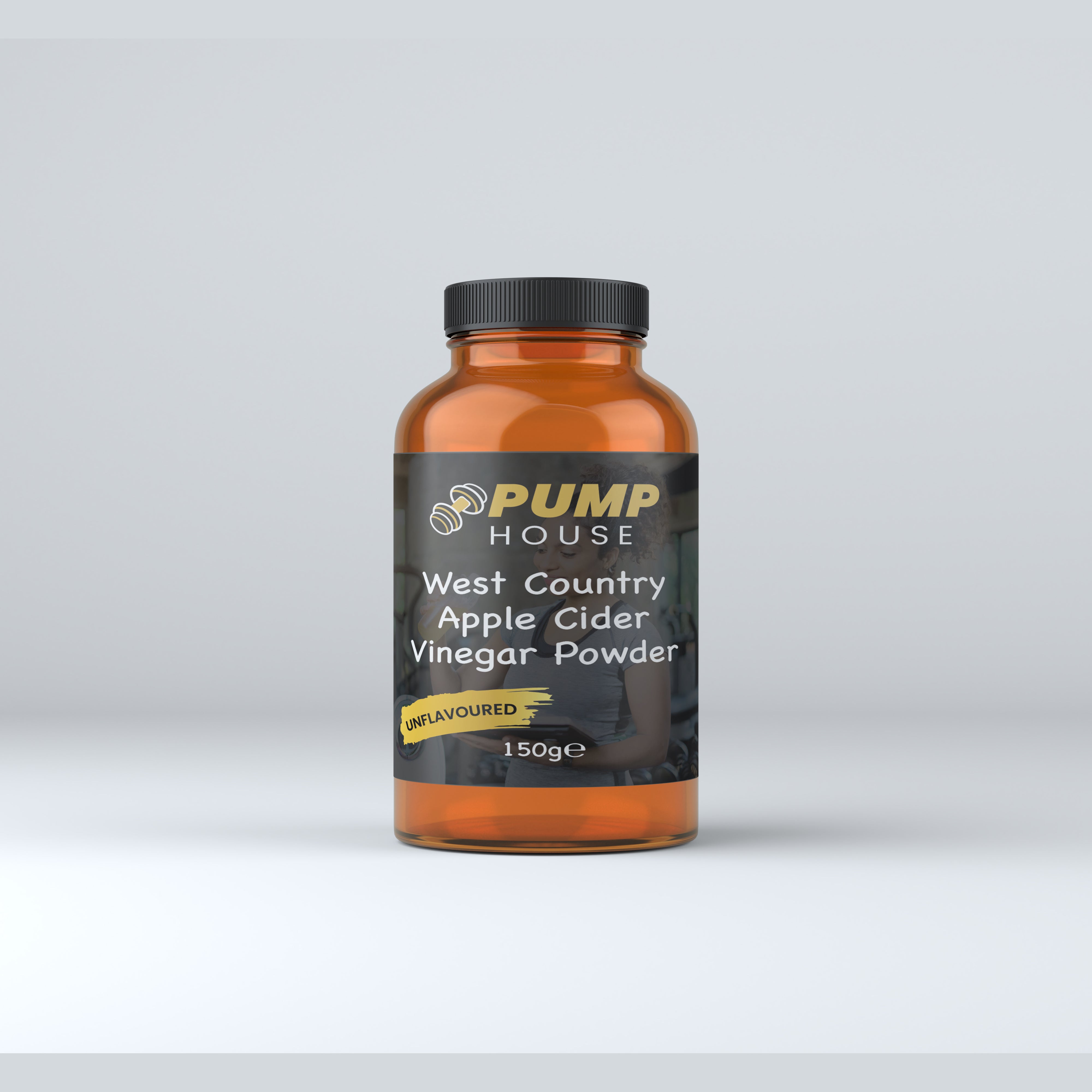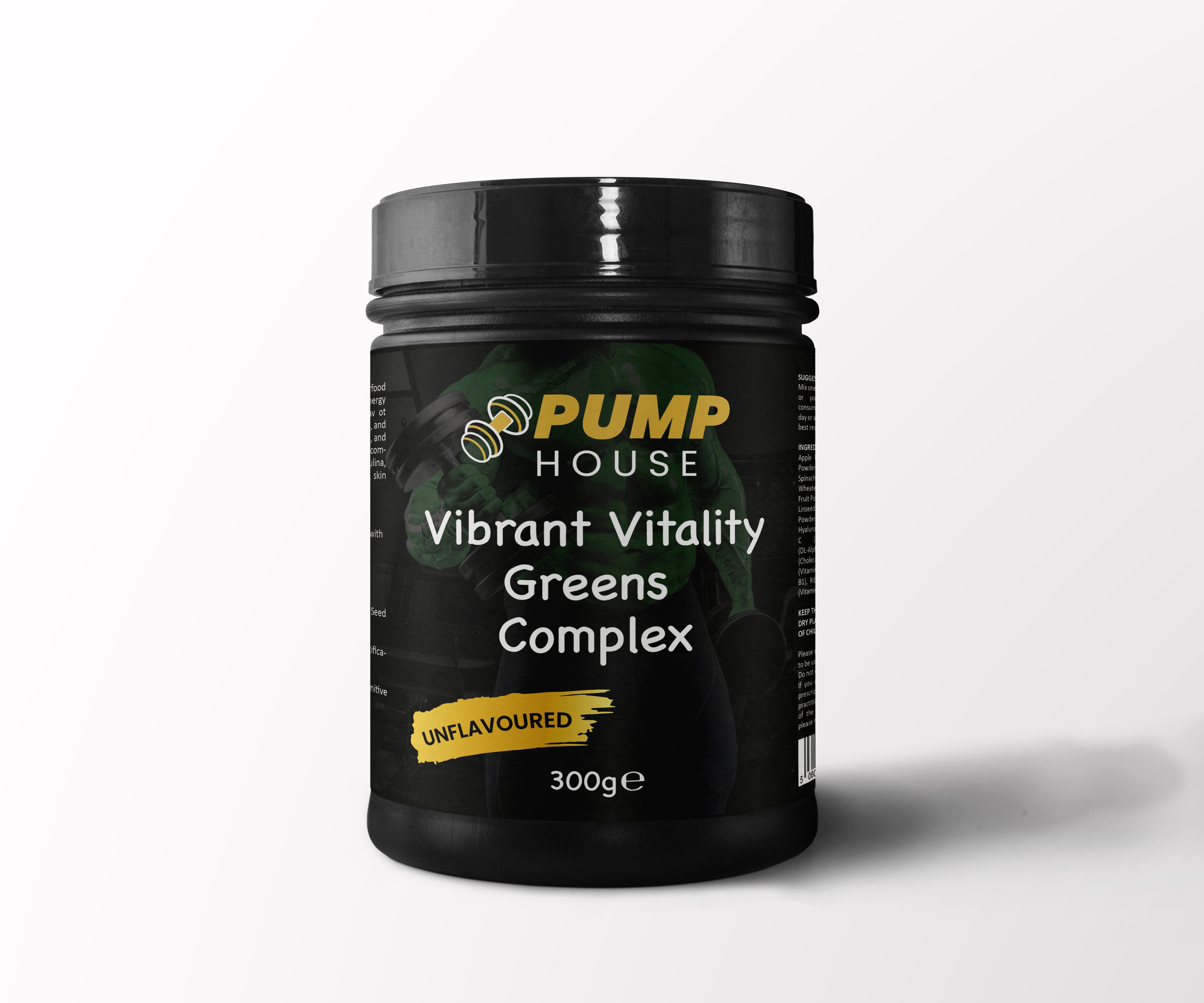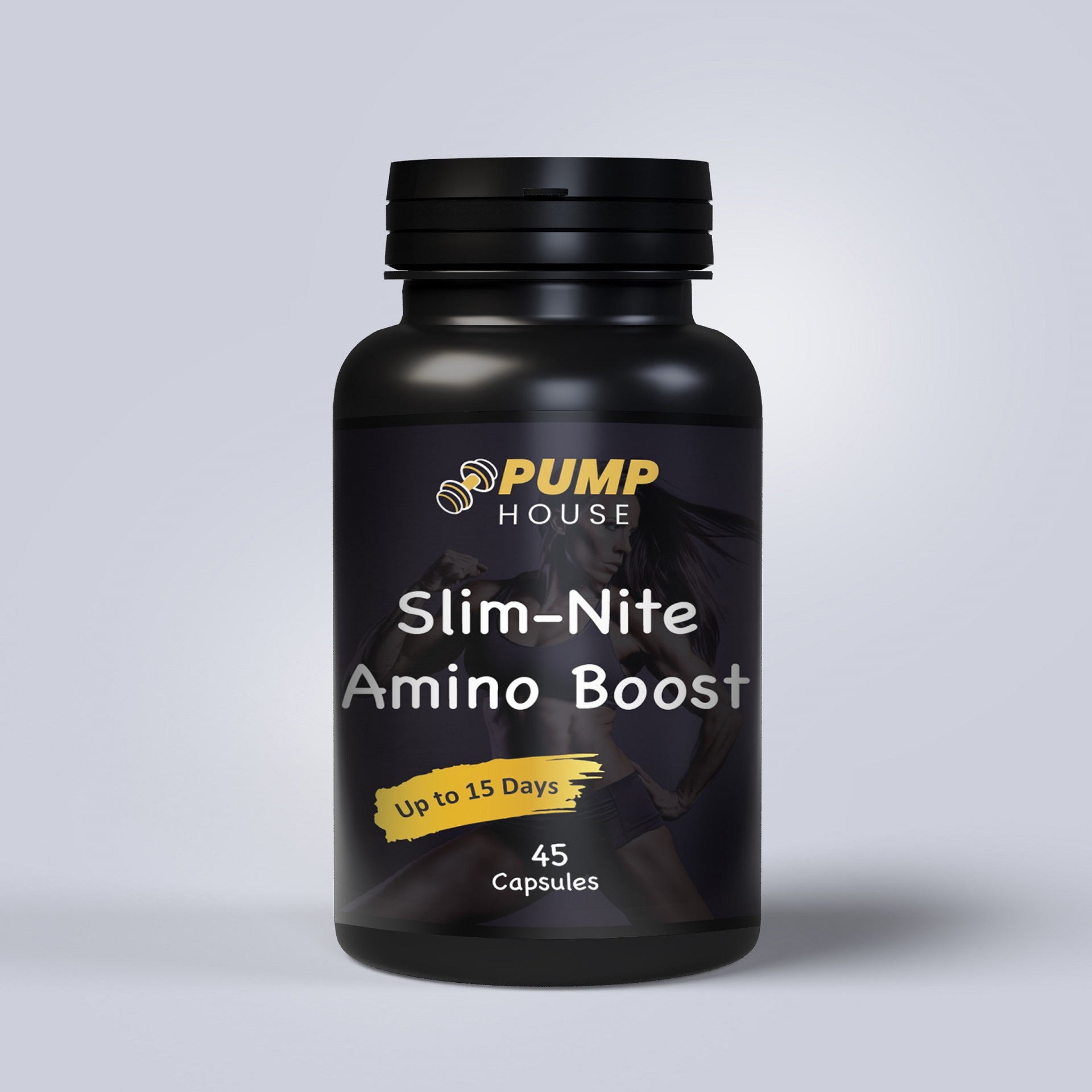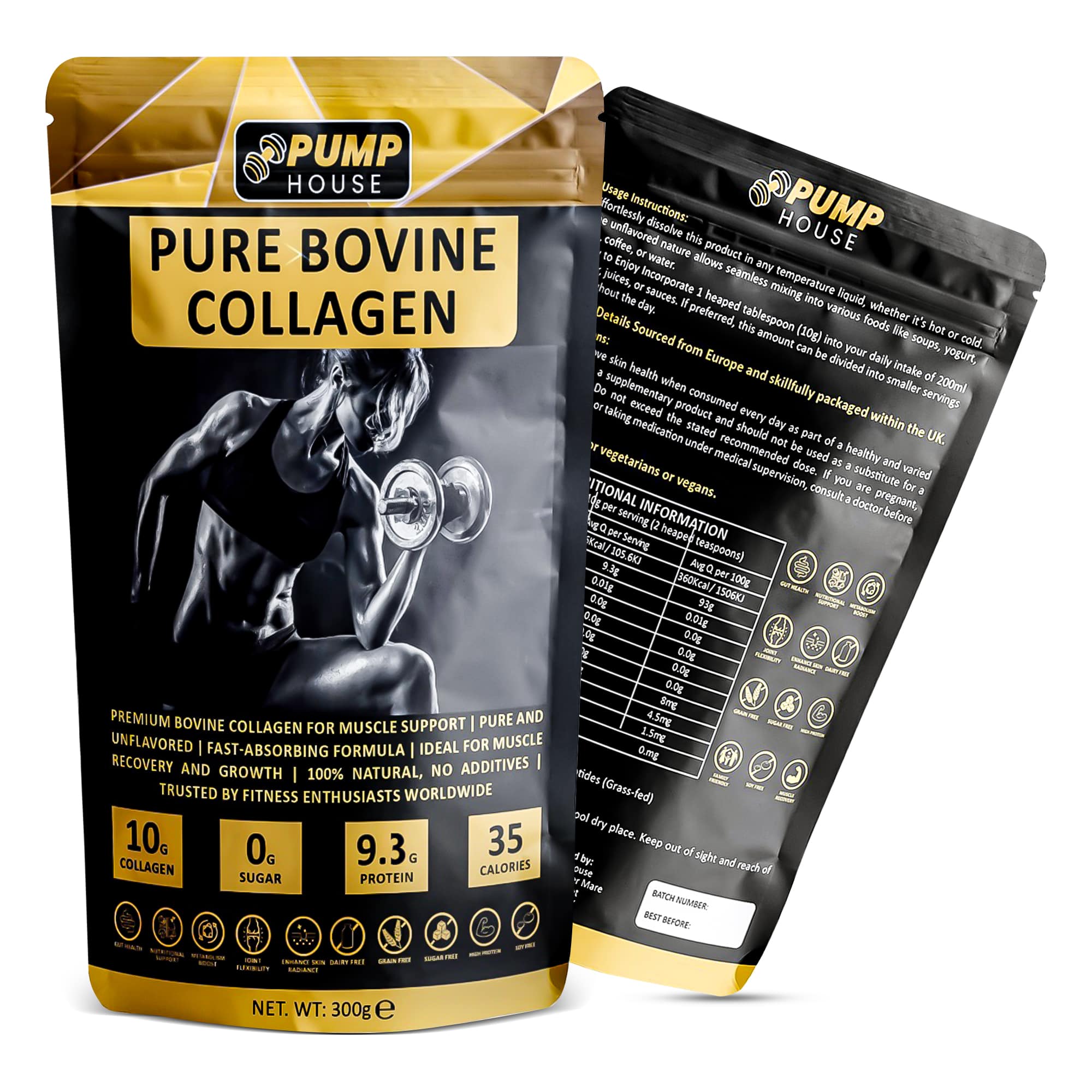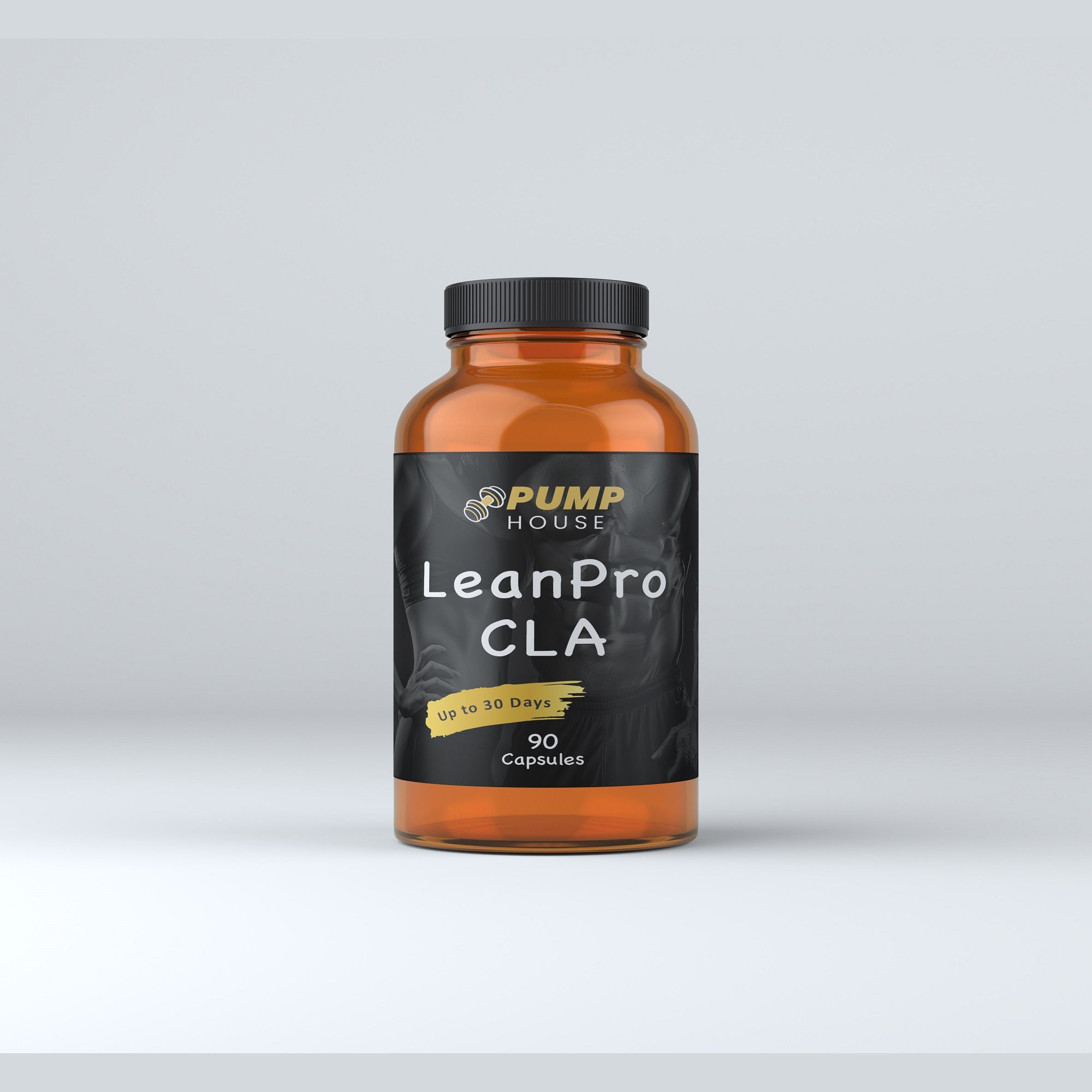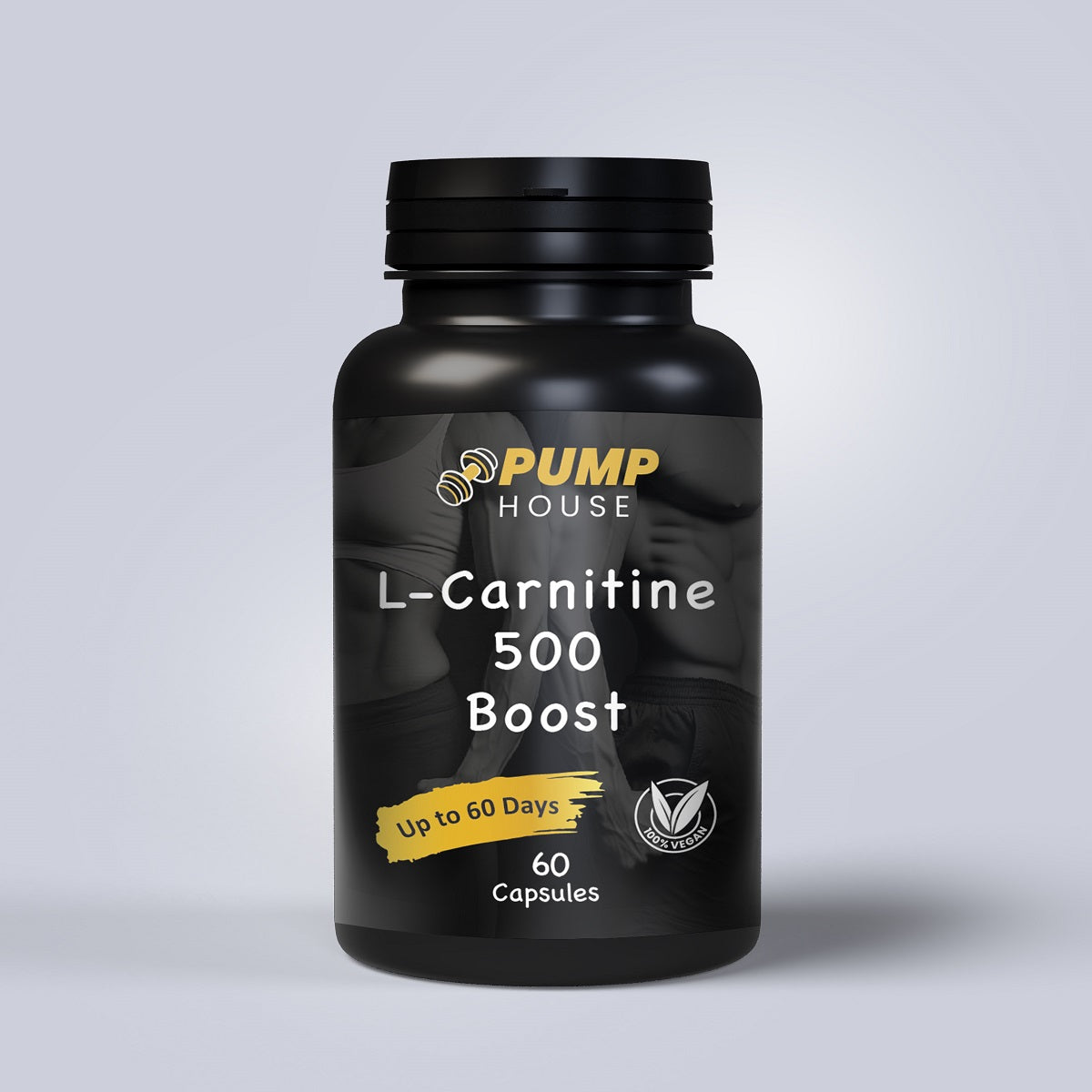
"Protein and Performance: Best Sources for April"
"Protein and Performance: Best Sources for April"
Protein is an essential macronutrient that plays a crucial role in the body. It is made up of amino acids, which are the building blocks of muscles, tissues, and cells. Protein is especially important for athletes and fitness enthusiasts as it helps with muscle growth, repair, and recovery. It also aids in the production of enzymes, hormones, and antibodies. Without adequate protein intake, athletes may experience muscle loss, decreased performance, and slower recovery times.
Top 5 Protein Sources for Spring Fitness Regimens
1. Chicken Breast: Chicken breast is a lean source of protein that is low in fat and high in quality amino acids. A 3-ounce serving of chicken breast contains approximately 26 grams of protein. It is also a good source of vitamins and minerals such as vitamin B6, niacin, and selenium.
2. Greek Yogurt: Greek yogurt is a popular choice among fitness enthusiasts due to its high protein content. A 6-ounce serving of Greek yogurt can contain up to 17 grams of protein. It is also rich in calcium, which is important for bone health.
3. Quinoa: Quinoa is a complete protein source, meaning it contains all nine essential amino acids that the body needs. It is also high in fiber and contains important minerals such as magnesium and iron. A cup of cooked quinoa provides approximately 8 grams of protein.
4. Lentils: Lentils are a great plant-based protein source that is also high in fiber and low in fat. They are rich in folate, iron, and potassium. Half a cup of cooked lentils contains around 9 grams of protein.
5. Salmon: Salmon is not only a good source of protein but also rich in omega-3 fatty acids, which have numerous health benefits including reducing inflammation and improving heart health. A 3-ounce serving of salmon provides approximately 22 grams of protein.
How Protein Intake Affects Muscle Growth and Repair
Protein intake is crucial for muscle growth and repair. When we exercise, we create small tears in our muscle fibers. Protein helps to repair these tears and build new muscle tissue. It also helps to increase muscle protein synthesis, which is the process by which the body builds new proteins.
The timing and amount of protein intake are important for optimal results. It is recommended to consume protein within 30 minutes to an hour after a workout to maximize muscle protein synthesis. The amount of protein needed varies depending on factors such as body weight, activity level, and goals. Generally, it is recommended to consume around 0.8-1 gram of protein per pound of body weight for those looking to build muscle.
Easter Healthy Eating: High Protein Alternatives to Traditional Treats
Easter is often associated with indulging in sweet treats such as chocolate eggs and hot cross buns. However, there are plenty of high protein alternatives that can satisfy your cravings while still supporting your fitness goals.
1. Protein Pancakes: Swap traditional pancakes for protein pancakes made with a combination of protein powder, oats, and egg whites. Top them with Greek yogurt and fresh berries for an extra protein boost.
2. Protein Energy Balls: Instead of reaching for chocolate eggs, make your own protein energy balls using ingredients such as nut butter, oats, protein powder, and dried fruit. These are a great snack option that can be enjoyed throughout the day.
3. Grilled Chicken Skewers: Instead of a traditional Easter roast, opt for grilled chicken skewers marinated in herbs and spices. Serve them with a side of roasted vegetables for a high protein and nutrient-dense meal.
4. Baked Salmon: Swap the traditional fish dish for baked salmon seasoned with lemon and herbs. Salmon is not only high in protein but also rich in omega-3 fatty acids, which have numerous health benefits.
5. Protein Ice Cream: Instead of traditional ice cream, try making your own protein ice cream using Greek yogurt, protein powder, and frozen fruit. This is a delicious and refreshing treat that is high in protein and low in sugar.
The Role of Protein in Endurance and Stamina
Protein is not only important for muscle growth and repair but also plays a crucial role in endurance and stamina. During prolonged exercise, the body relies on carbohydrates for energy. However, as glycogen stores become depleted, the body starts to break down muscle tissue for fuel. Consuming protein before and after endurance exercise can help to minimize muscle breakdown and support muscle recovery.
High protein meals and snacks for endurance athletes include:
1. Greek Yogurt with Berries: Greek yogurt is a great source of protein and can be topped with fresh berries for added antioxidants and carbohydrates.
2. Chicken Wrap: A chicken wrap made with whole wheat tortilla, grilled chicken breast, and vegetables provides a good balance of protein, carbohydrates, and fiber.
3. Protein Smoothie: A protein smoothie made with a combination of protein powder, fruits, and vegetables is a convenient way to get a high protein meal on the go.
4. Quinoa Salad: A quinoa salad with mixed vegetables and grilled chicken or tofu provides a good balance of protein, carbohydrates, and essential nutrients.
Best Protein Sources for Vegetarians and Vegans

For vegetarians and vegans, it is important to find alternative sources of protein as they do not consume animal products. Here are some of the best plant-based protein sources:
1. Tofu: Tofu is made from soybeans and is a versatile source of plant-based protein. It is also rich in iron, calcium, and magnesium.
2. Lentils: Lentils are not only high in protein but also a good source of fiber and essential minerals. They can be used in soups, stews, and salads.
3. Quinoa: Quinoa is a complete protein source and is also high in fiber and essential minerals. It can be used as a base for salads, stir-fries, and grain bowls.
4. Chickpeas: Chickpeas are a versatile legume that can be used in a variety of dishes such as hummus, curries, and salads. They are also high in fiber and iron.
5. Hemp Seeds: Hemp seeds are a complete protein source and are also rich in omega-3 fatty acids. They can be sprinkled on top of salads, yogurt, or added to smoothies.
Protein and Recovery: How to Optimize Your Post-Workout Nutrition
Protein is crucial for post-workout recovery as it helps to repair damaged muscle tissue and promote muscle growth. Consuming protein after a workout can also help to replenish glycogen stores and reduce muscle soreness.
To optimize post-workout nutrition, it is recommended to consume a combination of protein and carbohydrates within 30 minutes to an hour after exercise. This can be in the form of a protein shake, a meal, or a snack. Aim for around 20-30 grams of protein per serving.
Some examples of post-workout meals and snacks include:
1. Protein Shake: A protein shake made with whey or plant-based protein powder, fruits, and milk or water is a convenient option for post-workout nutrition.
2. Chicken Breast with Sweet Potato: Grilled chicken breast with a side of sweet potato provides a good balance of protein and carbohydrates for muscle recovery.
3. Greek Yogurt with Granola: Greek yogurt topped with granola and fresh fruit is a quick and easy post-workout snack that provides both protein and carbohydrates.
4. Tuna Salad Sandwich: A tuna salad sandwich made with whole wheat bread, canned tuna, and vegetables is a portable option for post-workout nutrition.
Protein and Weight Loss: How to Incorporate Protein into Your Diet
Protein plays a crucial role in weight loss and weight management. It helps to increase satiety, reduce appetite, and preserve lean muscle mass. Including protein-rich foods in your diet can help to support your weight loss goals.
Here are some suggestions for incorporating more protein into your diet:
1. Start your day with a protein-rich breakfast such as eggs, Greek yogurt, or a protein smoothie.
2. Include a source of protein in each meal and snack. This can be lean meats, fish, poultry, tofu, legumes, or dairy products.
3. Choose high-protein snacks such as nuts, seeds, Greek yogurt, or protein bars.
4. Opt for protein-rich toppings such as nut butter, cheese, or Greek yogurt on your meals.
5. Experiment with plant-based protein sources such as quinoa, lentils, chickpeas, and hemp seeds.
Protein and Mental Health: The Connection Between Protein Intake and Mood
Protein intake is not only important for physical health but also plays a role in mental health and well-being. Amino acids from protein are used to produce neurotransmitters such as serotonin and dopamine, which are important for mood regulation.
Low protein intake has been associated with symptoms of depression and anxiety. Consuming adequate amounts of protein can help to support mental health and improve mood.
Prioritizing Protein for Optimal Performance and Health
Protein is an essential macronutrient that plays a crucial role in the body. It is especially important for athletes and fitness enthusiasts as it supports muscle growth, repair, and recovery. Including high-quality sources of protein in your diet can help to optimize performance and support overall health.
Whether you are looking to improve your fitness, lose weight, or support your mental health, prioritizing protein intake is key. Incorporate a variety of protein-rich foods into your diet and pay attention to the timing and amount of protein consumed for optimal results. Remember to consult with a healthcare professional or registered dietitian for personalized advice and recommendations.

